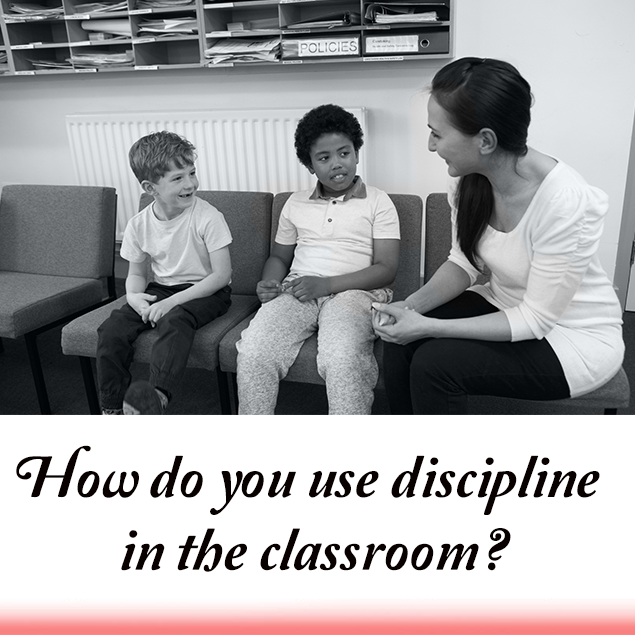Incremental Discipline Plan for the Classroom
Posted by Network Support · Leave a Comment
Creating an Incremental Discipline Plan for the classroom can help bring order to discipline. This policy will help make behavior management clear and simple for teachers.
What is an Incremental Discipline Plan?
An Incremental Discipline Plan is a disciplinary system that uses a range of graded disciplinary actions and responses to control and manage behavioral issues. Unless already provided by the school, it is a good idea for teachers to create a disciplinary plan to follow. This plan should lay out the steps to follow while dealing with behavioral issues in the classroom. Having a system provides a clear-cut, fair way to deal with issues that arise.
The system should include prevention programs and interventions that support the behaviors desired in the classroom and lead to a positive classroom environment.
Establish an Incremental Discipline Plan
To establish an effective Incremental Discipline Plan for the classroom, teachers first need to take into consideration the following points:
- The nature and severity of the behaviors
- The factors and triggers leading to the behaviors
- The impact of the behavior on classroom climate
- School policy on behavior management
- Involvement of parents in the disciplinary actions
- Rules and consequences for the behaviors
- Keep record of the disciplinary actions taken and each step for each student
The following are 5 steps that can guide an Incremental Discipline Plan:
1. Redirect the behavior:
Create awareness in students regarding inappropriate behaviors and try to redirect them to the activity on hand. For example, a teacher can redirect a student who is talking out of turn by saying“ we were discussing… before I was interrupted.” Always remember to redirect the behavior subtly, though clearly not to embarrass the student in front of the class. For some students this will be enough to get their cooperation.
2. Conference with the student:
A quick face-to-face meeting with the student after class can give teachers an opportunity to voice their concerns about certain behaviors that were displayed that day. This lets the students know what is expected of them while giving them the chance to make it right.
3. Punishment:
Depending on the grade level of the classroom, a punishment can be given when other methods are not successful.This can range from a time out to detention depending on the age and severity of the actions.
4. Parental involvement:
Parents can be informed of the students’ behaviors and the teacher can attempt to get the parents disciplinary help with the matter. It is important that the parent is aware of behavioral issues and can sometimes play a key role in behavioral management.
5. Referral
Some students require more help than just in class discipline. In such situations, it is best to refer the child to the school counselor or the principal depending on school policy. The disciplinary actions can then become a collaboration between the necessary faculty.
Following an Incremental Discipline Plan can help create order and keep the classroom environment conducive to learning.
Like this article for teachers?
Browse the Professional Learning Board COURSE CATALOG to find related online courses for teachers in your state. Professional Learning Board is a leading provider of online professional development classes that teachers use to renew a teaching license or renew a teaching certificate.





